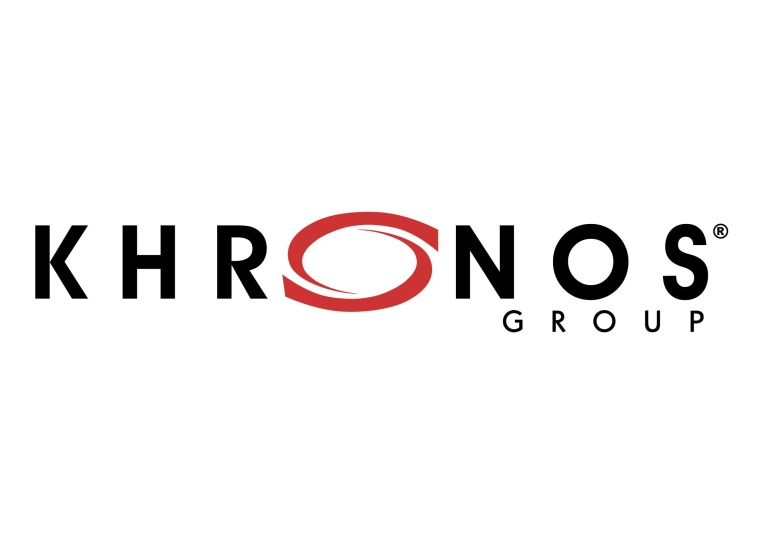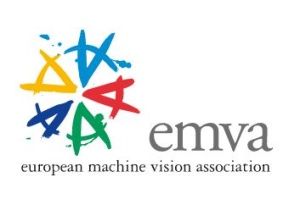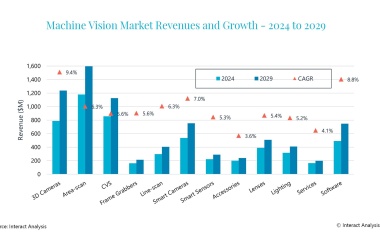EMVA and Khronos develop open, royalty-free camera API
The European Machine Vision Association (EMVA) and the Khronos Group have formed a Khronos Working Group to develop an open, royalty-free API standard for camera system runtime control in the embedded, mobile, industrial, XR, automotive and scientific markets. Now calling on all Khronos members to participate.

Over 70 companies participated in an exploratory group hosted by EMVA and Khronos in 2021 to develop a scope of work document that will provide direction for API design. Design work is expected to begin in February 2022. Any organization is invited to join and participate in Khronos. All Khronos members can join the "Camera Working Group" immediately.
Develop machine vision applications faster with new camera API
The background for the creation of this working group is the fact that cameras are becoming increasingly important in various industries, driving the development of more sophisticated optical systems, image sensors, and vision processors that often use machine learning technologies. However, the lack of interoperable camera API standards increases application development time and maintenance costs while reducing portability and the ability to reuse code, resulting in unnecessarily high integration costs for camera technologies.
The new camera API is designed to provide applications, libraries, and frameworks with explicit control over camera runtimes, at a low level of abstraction that still enables application portability to a variety of camera systems with effective, powerful control to generate data streams for consumption by downstream applications and clients.
Almost one year ago, EMVA and Khronos gathered requirements for embedded standard.
Company












